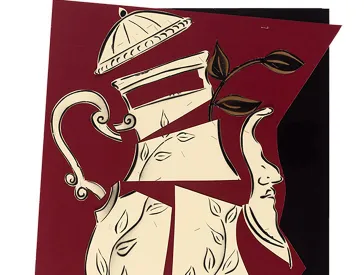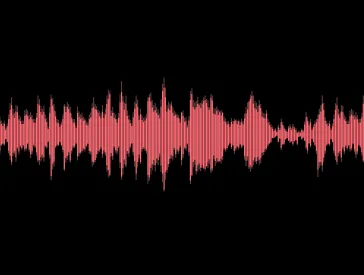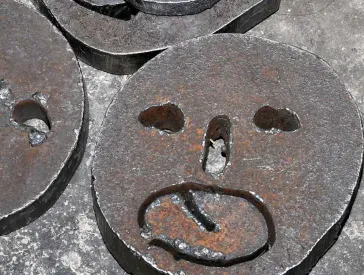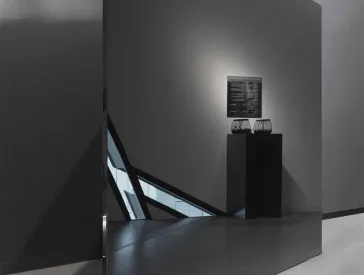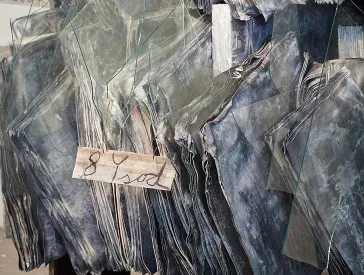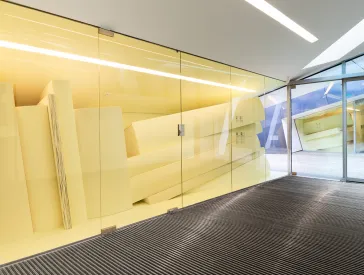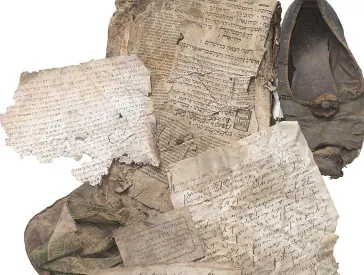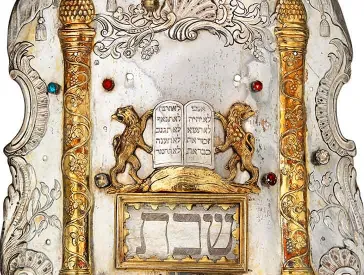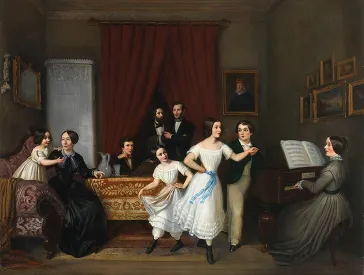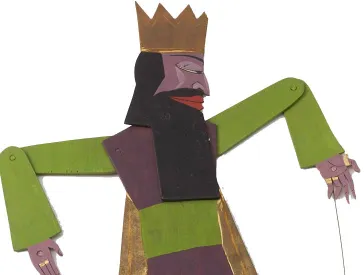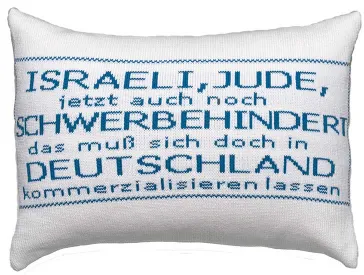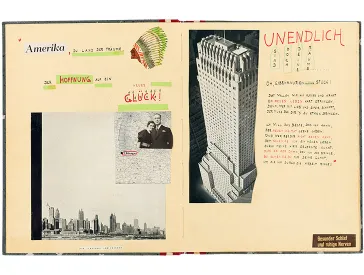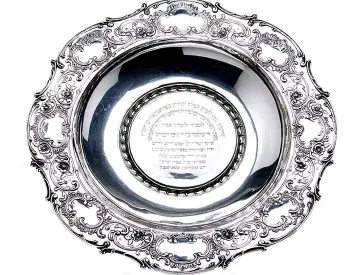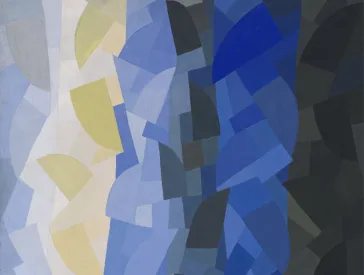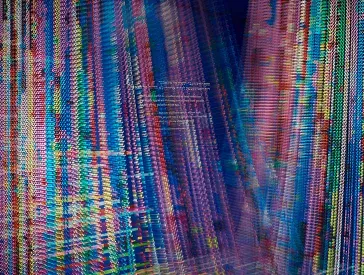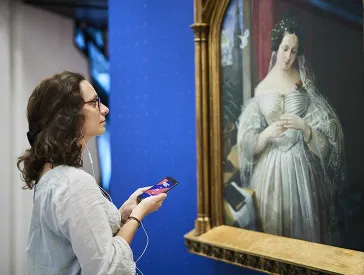Shevirat ha-Kelim (Breaking of the Vessels)
Unusual Objects From Our Permanent Exhibition Tell Stories of Jewish Life
Anselm Kiefer’s artwork Breaking of the Vessels interprets the kabbalistic teaching of Isaak Luria (1534–1572) about the catastrophe that took place during creation:
Shevirat ha-Kelim (Breaking of the Vessels) by Anselm Kiefer (born 1945), 1990–2019, lead, iron, glass, copper wire, charcoal, Aquatec; Jewish Museum Berlin, accession L-2019/29/0, owned by the artist, photo: Roman März
In order to make space for creation, the omnipresent God (Hebrew Ain Sof, literally: “without end” or “infinite”) contracted. In the empty space that resulted, God sent a ray of light that was to initiate the actual act of creation. Ten vessels (Hebrew sefirot) symbolizing the harmony of the universe were to catch the ray. However, they were unable to contain the powerful current of light and the seven lower vessels shattered. Their shards united with sparks of divine light and fell into the abyss. The breaking of the vessels is interpreted as a symbol for a world in a state of disharmony, one in which evil has entered.
“In this piece, Kiefer has latched onto something crucial in Judaism, namely the relationship between scripture and tradition.” (Peter Schäfer, scholar of Judaism)

What is the Kabbalah? And how can the world be restored after the breaking of the vessels? Audio track from our JMB app
Read along: the Kabbalah
The Kabbalah is a complex system of Jewish mysticism, esoteric method and discipline that examines the mysteries of creation, the nature of God and the mission of humans in the world.
The Kabbalah originated in the south of France, Spain and Palestine in the middle ages. One of its most important proponents is Isaac Luria, who lived in Egypt and Palestine in the 16th century.
His basic idea is this: God, Ain Sof or the Infinite in Hebrew, fills the entire universe, without limit. In order to give space to creation, he had to withdraw into himself. Into the primordial space he created, he sent light that was to be collected in ten vessels. But the light was so strong that seven of the vessels broke and fell into the abyss. A counter world of evil arose from these vessels. The “breaking of the vessels” is thus a primordial catastrophe in the process of creation: the world has taken a wrong course.
The task of people is the restoration of the world or Tikkun Olam in Hebrew. Through good deeds, intense piety and fulfillment of the commandments, the original state of balance is returned to the world.
The idea of the shared responsibility greatly contributed to the popularity of the Lurian Kabbalah.
Selected Works of Art: Art at the Jewish Museum Berlin (5)
Core Exhibition: 13 Objects – 13 Stories (13)
